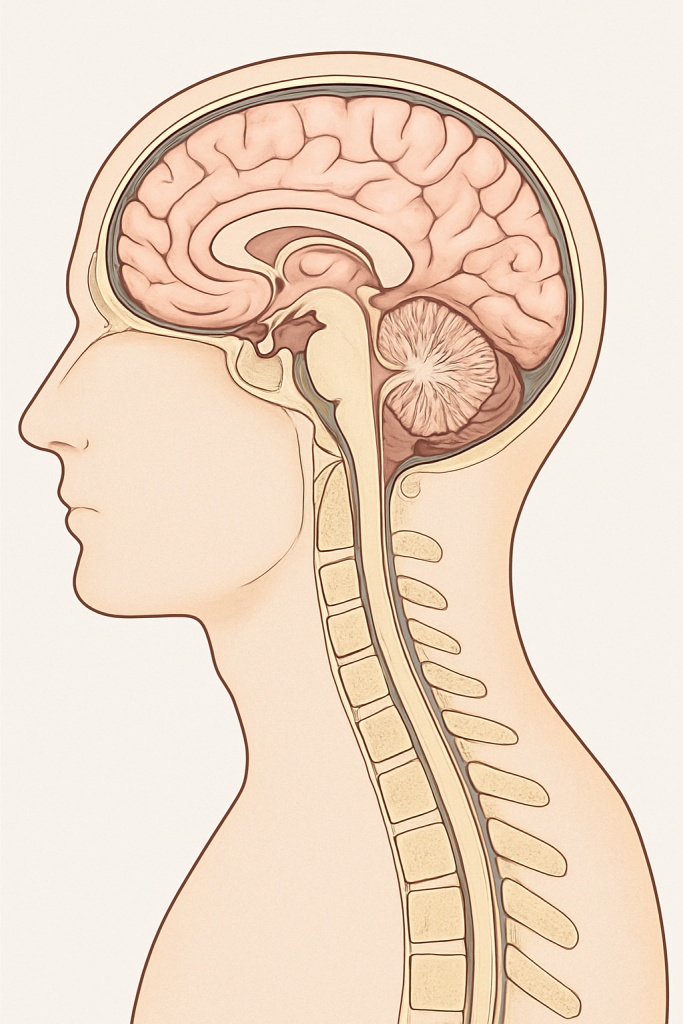Chiari Malformation With Syringomyelia: Understanding The Condition
September is Chiari Malformation Awareness Month – a time to highlight a rare but serious neurological condition that affects the brain and spinal cord.
My Chiari Story
It was December 2022, and I was sitting in a booth at Pancake Parlour when I first felt pain at the back of my neck. On Christmas Day, I ended up in the emergency department, trying to figure out the cause of my pain (by this time my pain had spread to my shoulders, arms, and the back of my head), which the doctor concluded that I was having a severe case of muscle spasm and so he discharged me on the same day, advising me to take painkillers and continue massaging my back (for temporary relief). Fast forward to 2024, after a visit to my GP and a MRI scan of my brain and spine, I finally found out the cause of my pain – Chiari Malformation.
Honestly, it was a miracle I was still able to travel overseas with my family in January (2023), because the severe, paralysing pain was still very present. I still remember lying in bed one December day (2022), in such pain that I felt like I needed a neck brace just to hold my neck together.
From December 2022 to 2024, the pain would come and go without warning. Whenever it came, simple things like moving, eating, sneezing, coughing, walking, brushing my teeth, swallowing, became a painful challenge. The only relief I found was lying in bed doing nothing. Interestingly, this year the severe, paralysing pain has been mild to moderate. And thankfully, since December 2022 until today, I have not experienced bowel issues, numbness and inbalance (symptoms my neurology doctors said to look out for).
What is Chiari Malformation?
Chiari Malformation occurs when the lower part of the brain, the cerebellar tonsils, extends to the spinal canal (brain tissue grows into the spine). This can block the normal flow of cerebrospinal fluid (CSF) and press on the brain and nerves.
What is Syringomyelia?
A complication of Chiari is syringomyelia, where a fluid-filled cavity (syrinx) forms inside the spinal cord. Over time, this syrinx can enlarge and damage spinal nerves, leading to pain, weakness (this I feel mainly when the pain comes severely) or loss of movement.
Symptoms of Chiari Malformation
Severe headaches, often worse when coughing/sneezing/straining. Neck pain. Dizziness or balance problems. Weakness or tingling in arms or legs. Difficulty swallowing or speaking. Chronic fatigue.
Treatment for Chiari Malformation
Some live with mild symptoms, but in more severe cases, surgery (posterior fossa decompression) is used to relieve pressure and restore CSF flow.
